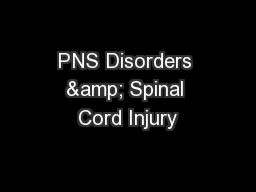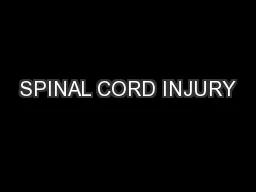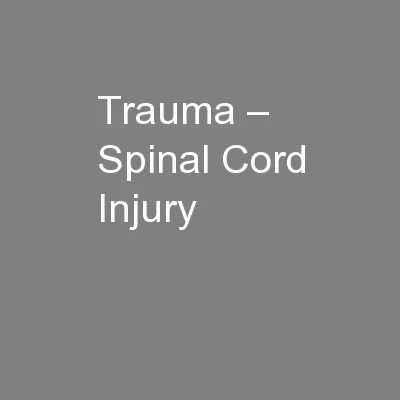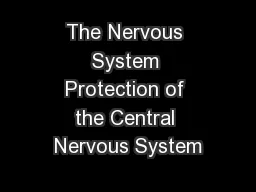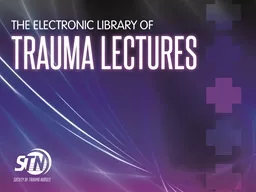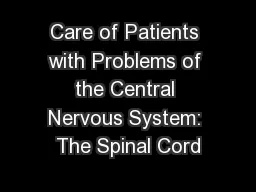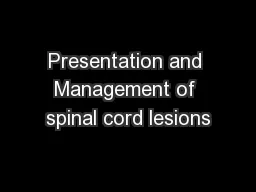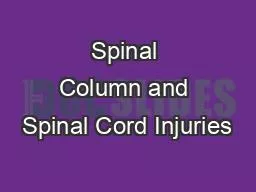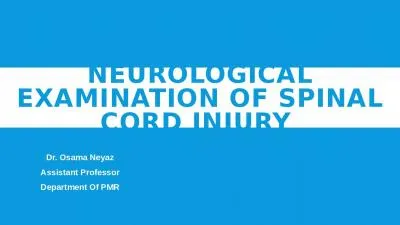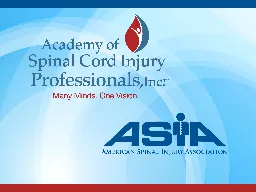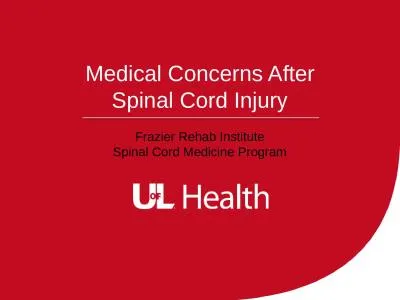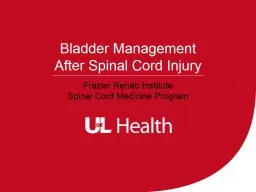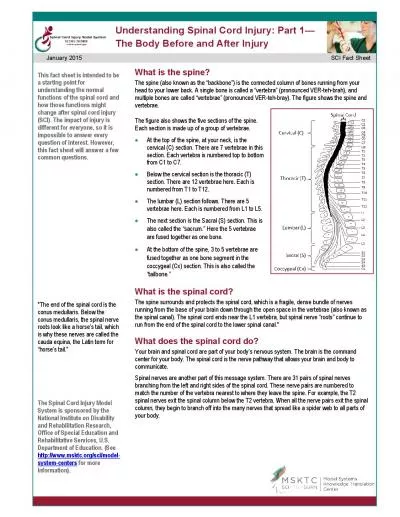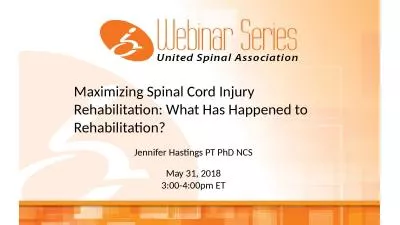PPT-PNS Disorders & Spinal Cord Injury
Author : giovanna-bartolotta | Published Date : 2016-02-24
Megan McClintock MS RN Fall 2011 NRS 440 Trigeminal Neuralgia tic d ouloureux Dx Treatment CT amp MRI Tegretol carbamazepine or Trileptal oxcarbazepine
Presentation Embed Code
Download Presentation
Download Presentation The PPT/PDF document "PNS Disorders & Spinal Cord Injury" is the property of its rightful owner. Permission is granted to download and print the materials on this website for personal, non-commercial use only, and to display it on your personal computer provided you do not modify the materials and that you retain all copyright notices contained in the materials. By downloading content from our website, you accept the terms of this agreement.
PNS Disorders & Spinal Cord Injury: Transcript
Download Rules Of Document
"PNS Disorders & Spinal Cord Injury"The content belongs to its owner. You may download and print it for personal use, without modification, and keep all copyright notices. By downloading, you agree to these terms.
Related Documents

